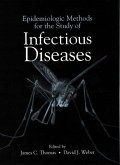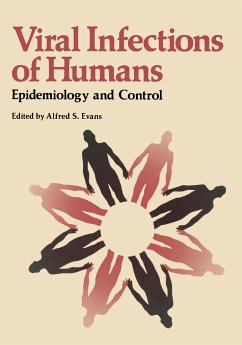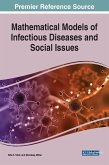Infectious disease accounts for more death and disability globally than either non-infectious disease or injury. This book contains a breadth of different quantitative approaches to understanding the patterns of infectious diseases in populations, and the design of control strategies to lessen their effect. The contributors bring a great variety of mathematical expertise (including deterministic and stochastic modelling and statistical data analysis) and involvement in a wide range of applied fields across the spectrum of biological, medical and social sciences. The aim is to increase interaction between specialities by describing research on many of the infectious diseases that affect humans, including both viral diseases like measles and AIDS, and tropical parasitic infections. The papers are divided into groups dealing with problems relating to transmissible diseases, vaccination strategies, the consequences of treatment interventions, the dynamics of immunity, heterogeneity of populations, and prediction. On each topic, papers have been chosen to bring together contrasting approaches via the development of theoretical results, the use of relevant expert knowledge from applied fields and the analysis of data. The book will be a vital resource for those involved in infectious diseases, especially in regard to applications in epidemiology, public health and biology.
Table of contents:
Part I. Transmissible Diseases with Long Development Times and Vaccination Strategies; Part II. Dynamics of Immunity (Development of Disease within Individuals); Part III. Population Heterogeneity (Mixing) Modeling; Part IV. Consequences of Treatment Interventions; Part V. Prediction.
Contains a breadth of different quantitative approaches to understanding the patterns of infectious diseases in populations, and the design of control strategies to lessen their effect. Describes research on diseases such as measles, AIDS, and tropical parasitic infections. A vital resource for any involved in this hugely important area.
Vital resource in infectious diseases, will especially appeal to workers in epidemiology, public health and biology.
Hinweis: Dieser Artikel kann nur an eine deutsche Lieferadresse ausgeliefert werden.
Table of contents:
Part I. Transmissible Diseases with Long Development Times and Vaccination Strategies; Part II. Dynamics of Immunity (Development of Disease within Individuals); Part III. Population Heterogeneity (Mixing) Modeling; Part IV. Consequences of Treatment Interventions; Part V. Prediction.
Contains a breadth of different quantitative approaches to understanding the patterns of infectious diseases in populations, and the design of control strategies to lessen their effect. Describes research on diseases such as measles, AIDS, and tropical parasitic infections. A vital resource for any involved in this hugely important area.
Vital resource in infectious diseases, will especially appeal to workers in epidemiology, public health and biology.
Hinweis: Dieser Artikel kann nur an eine deutsche Lieferadresse ausgeliefert werden.








